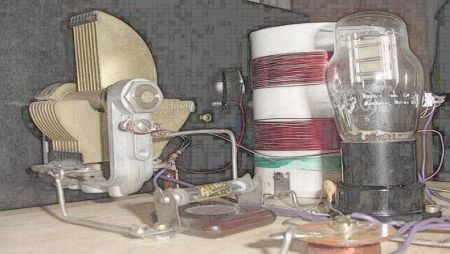[youtube=http://www.youtube.com/watch?v=upYgHgMgTpk&hl=en&fs=1&]
Wireless headphones can be a wonderful way to help clear up the clutter inherent in most desktop PC systems. However, after plugging a wall wart in, and the headphone jack into the computer, the number of wires used has actually doubled. After [Parker] found an old set of JVC 900 Mhz wireless headphones (and a generic 900MHz transmitter), he cracked open the case to see what he could do with them. Realizing that the transmitter used a 12V DC source, he powered it with an unused floppy connector (which provides +12V, +5V, and two ground lines). He also wired the audio-in line directly onto his sound card headers rather than feeding out a headphone jack to the back. He then wrapped the whole thing in plastic to prevent unwanted shorting and placed it back in his PC, leaving him with a very functional wireless system. Detailed photos after the break.
















